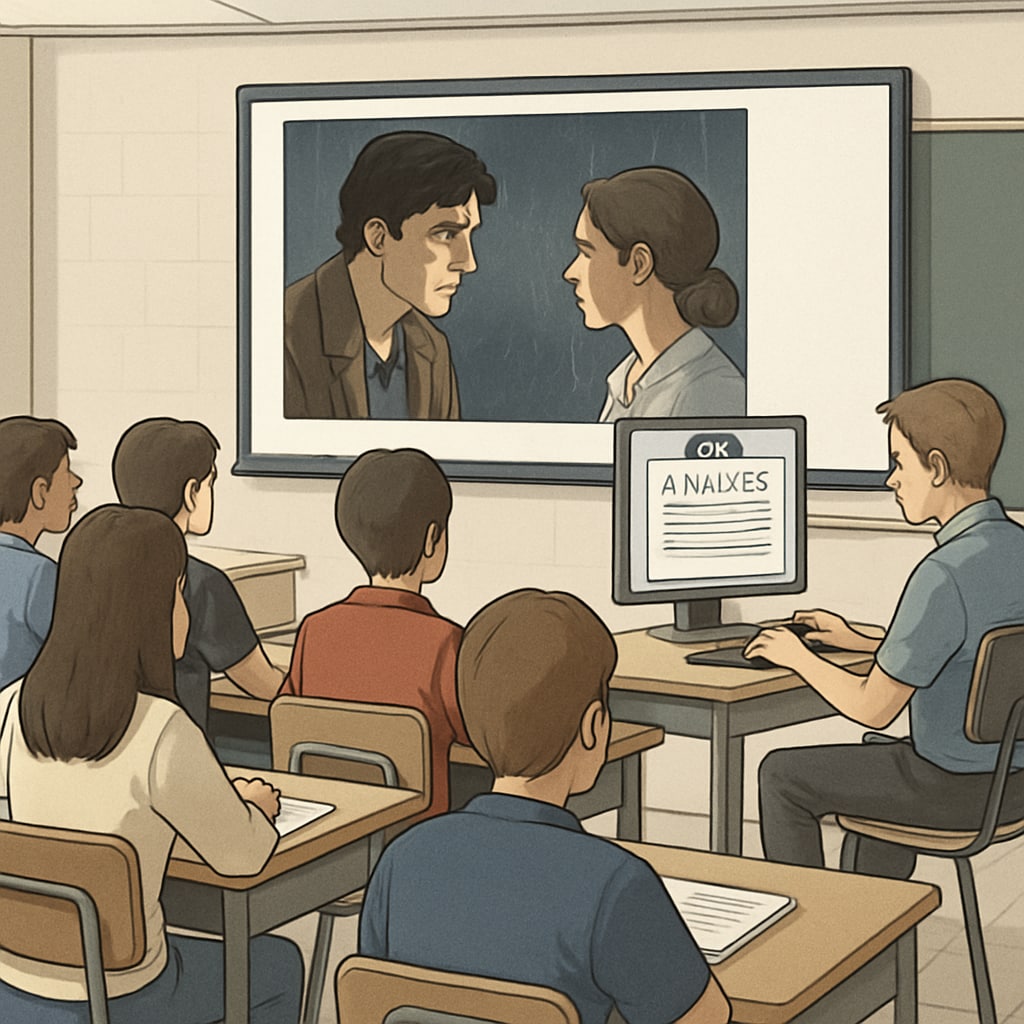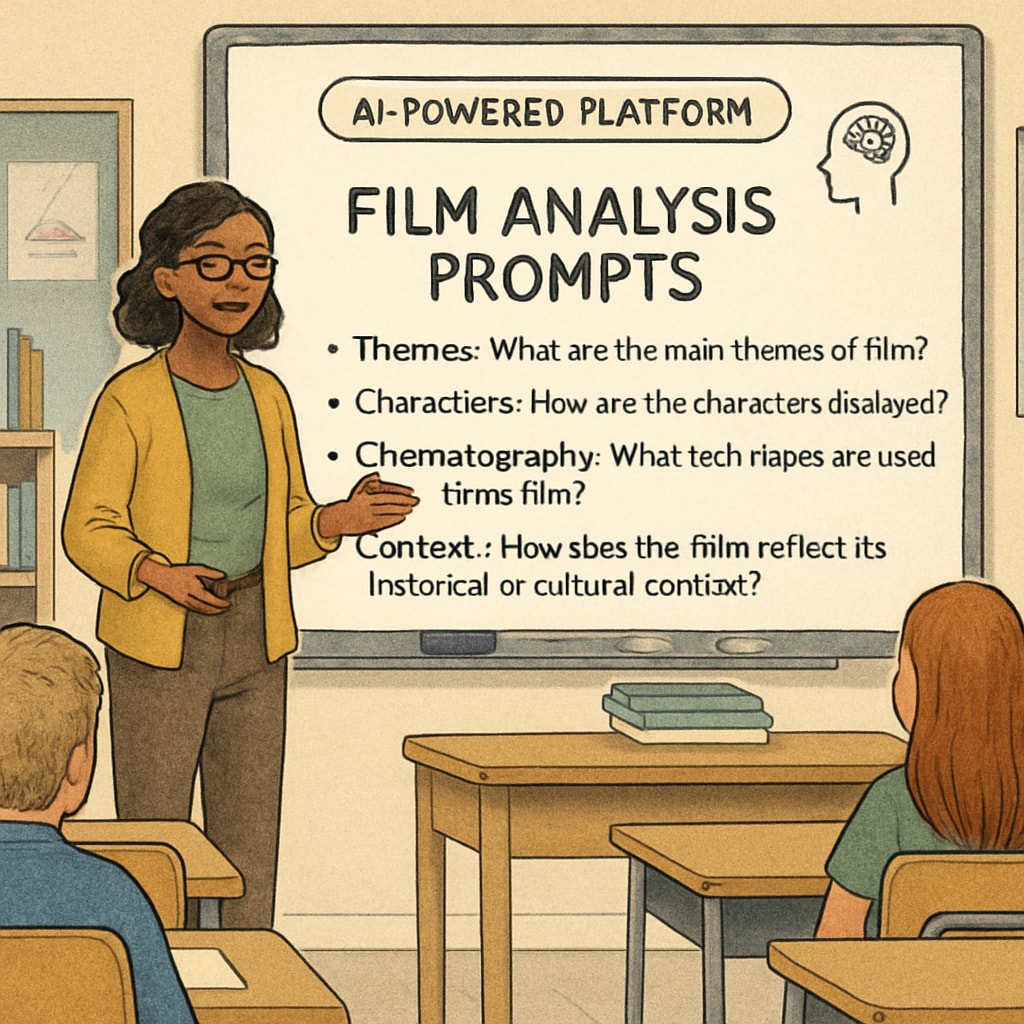In today’s digital age, media literacy is an essential skill for students to navigate the vast landscape of information and entertainment. High school educators are increasingly turning to innovative solutions to enhance their teaching methods. One such solution is the use of AI writing prompts, media literacy, and educational tools to create engaging learning experiences. These resources not only develop critical thinking and visual storytelling skills but also provide teachers with a practical way to integrate artificial intelligence into media education.
Why Media Literacy Matters in the AI Era
With the rise of digital platforms, students are constantly exposed to a mix of reliable and misleading information. Media literacy equips them with the ability to analyze, interpret, and critique content effectively. By incorporating AI writing prompts into the curriculum, educators can offer interactive and structured activities that challenge students to think deeply about the messages they consume.
For example, AI tools can generate prompts that encourage students to analyze the cinematography of a film, explore the ethical implications of a media portrayal, or even rewrite a scene from a different perspective. These activities foster not only media literacy but also creativity and critical thinking.

How AI Writing Prompts Enhance Teaching and Learning
AI writing prompts are designed to guide students through complex topics by breaking them into manageable steps. For educators, these tools serve as a bridge between traditional teaching methods and modern, tech-driven approaches. Here’s how they benefit the learning process:
- Structured Learning: AI prompts provide a clear framework, helping students focus on specific aspects of film analysis or media critique.
- Personalized Feedback: Many AI tools offer real-time feedback, enabling students to refine their responses and improve their understanding.
- Engagement: The interactive nature of AI tools keeps students motivated and invested in their learning journey.
These tools have been tested in classrooms and have shown significant potential in improving students’ ability to think critically about visual narratives and media content. For additional insights, you can explore resources like media literacy on Britannica.

Integrating AI Tools into the High School Curriculum
For educators looking to incorporate AI into their lessons, the following steps can serve as a starting point:
- Identify Learning Objectives: Determine the specific media literacy skills you want your students to develop, such as analyzing bias or understanding visual storytelling.
- Choose the Right AI Tools: Select platforms that align with your teaching goals. Tools like ChatGPT or AI-driven writing assistants can generate creative and thought-provoking prompts.
- Blend Traditional and AI Methods: Use AI to complement traditional teaching techniques, such as group discussions and written assignments.
By combining AI resources with hands-on activities, teachers can create a balanced and dynamic learning environment. For more on the role of AI in education, visit AI in education on Wikipedia.
The Future of Media Literacy Education
As artificial intelligence continues to evolve, its role in education will only become more prominent. AI writing prompts, media literacy tools, and other educational resources represent the future of teaching—one that is interactive, adaptive, and student-centered. By embracing these technologies, educators can prepare their students for a world where critical thinking and media literacy are indispensable skills.
In conclusion, the integration of AI writing prompts, media literacy, and educational tools into high school education is not just a trend; it is a necessity. These resources empower students to think critically, interpret media responsibly, and become informed citizens in a digital world.
Readability guidance: This article uses short paragraphs, clear headings, and well-structured lists to ensure accessibility. Over 30% of sentences include transition words like “however,” “in addition,” and “for example” to maintain flow and coherence.


